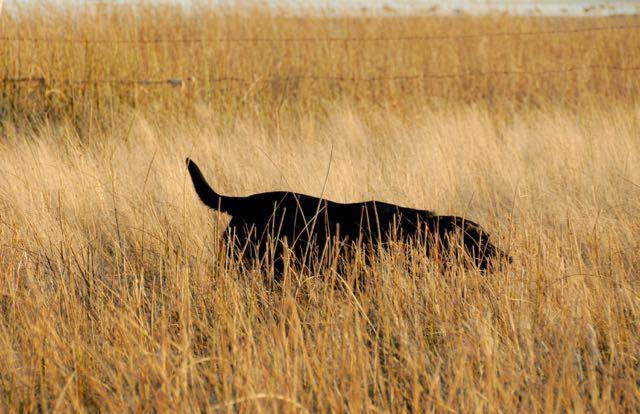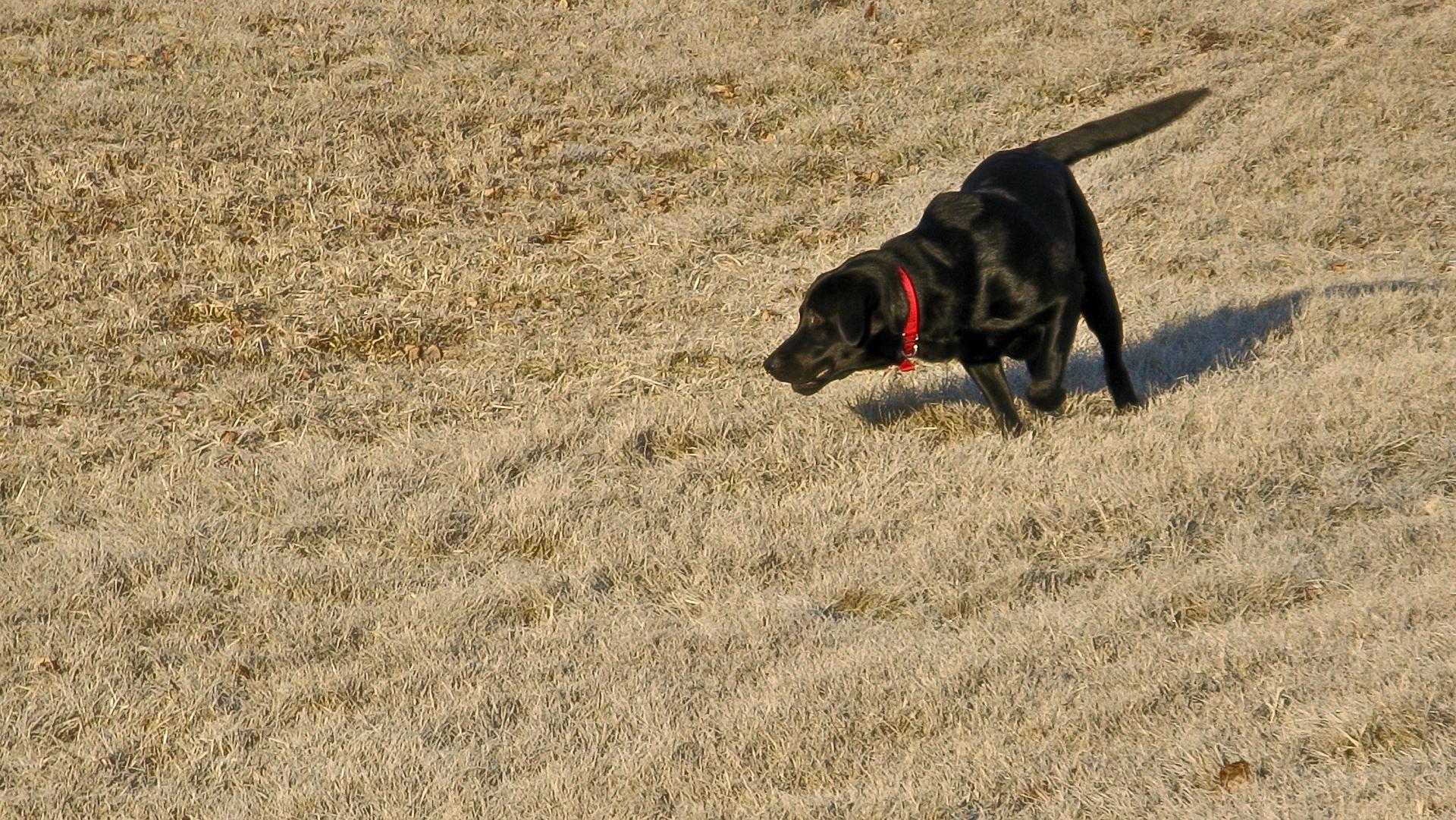Advertisement
Upland bird hunting in wide-open spaces with uniform heavy cover can be challenging, especially when scenting conditions are less than ideal and the birds hold tight. Being in the right place at the right time can help, but a successful hunt ultimately comes down to teaching your dog how to efficiently search the cover to find wily wild birds.
Train
One key is to teach your dog to run zigzag patterns in search of birds. To do this, stand in the middle of a rectangular grassy field and clip an eight-metre check cord onto your dog’s collar. Walk on an angle toward one of the sides or ends of the field while the dog runs out front. Once he reaches the end of the cord, turn diagonally and give him a gentle tug in the direction you’re headed. After a few training sessions, the dog will anticipate when you’re going to turn. Eventually, the check cord can be replaced with hand, whistle or e-collar corrections.
Advertisement

Identity
Hunt the most likely habitat first, which can be cattails, hedgerows or weedy patches, depending on your quarry. Spots where you’ve encountered birds in the past are a good place to start. Dogs quickly learn to remember these bird-holding spots and will spend extra time searching them. This is a skill that only comes with experience, however, so it pays off to practise and hunt with your dog as often as you can.
Maintain
Keep your dog’s skills sharp in the off-season by practising commands and adding new challenges and distractions. If he doesn’t understand what you’re asking, he may simply need a few refresher sessions. Start your review at the level where the dog was last successful, and he’ll soon be back on track to becoming a high-performance hunter.

